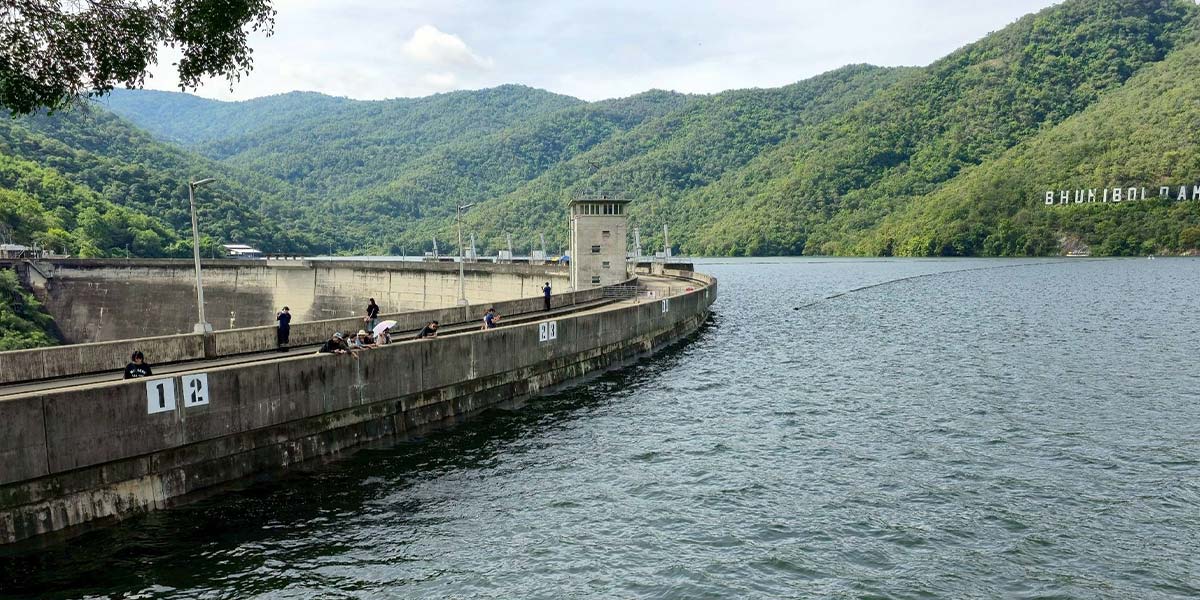Today (November 11, 2025), Mr. Siripong Angkasakulkiat, Spokesperson for the Prime Minister’s Office, stated that in the Cabinet meeting, Prime Minister and Minister of Interior Anutin Charnvirakul received a water situation report from Mr. Paradorn Prissanananthakul, Minister Attached to the Prime Minister’s Office. Currently, water mass from the influence of Typhoon Kalmaegi has resulted in a large volume of water upstream of the dam, with some of this water flowing into Bhumibol Dam.
The Office of National Water Resources (ONWR) will manage the discharge of water to the west and east into the fields to slow and mitigate the flow, preventing it from entering residential areas too quickly or in excessive amounts, which could impact the local population.
The Prime Minister ordered Deputy Prime Minister Sophon Sarum, who is also Director of the natural disaster relief operations centre, to consult with Captain Thammanat Prompao, Deputy Prime Minister and Minister of Agriculture and Cooperatives, to review new compensation rates for flood retention areas, and to consider additional compensation for residents whose homes have been flooded for more than 30 days. He stressed that this must be completed within the month.
The Royal Irrigation Department reported on the water situation in the Chao Phraya Basin. At the C.2 water station in Mueang District, Nakhon Sawan province, the flow rate was 3,011 cubic meters per second before converging with water from the Sakae Krang River and then moving towards the area upstream of the Chao Phraya Dam in Chai Nat province, respectively.
Previously, the Royal Irrigation Department had received water into both the left and right bank irrigation systems at full capacity and controlled the water discharge through the Chao Phraya Dam at a rate of 2,900 cubic meters per second, which is appropriate given the expected drop in sea level. This round of discharge is expected to be the final one of the 2025 rainy season.
Meanwhile, Pasak Chonlasit Dam has reduced its water discharge to 200 cubic meters per second. This volume flows through Phra Ram VI Dam and enters the Rapeepat Canal, sending water to the lower eastern Chao Phraya region and then discharging further into the Nakhon Nayok River, Bang Pakong River, and the Gulf of Thailand, respectively. These measures will help reduce the water volume from the upstream areas, where water levels remain high, and partially relieve the impact downstream of the Chao Phraya Dam.





